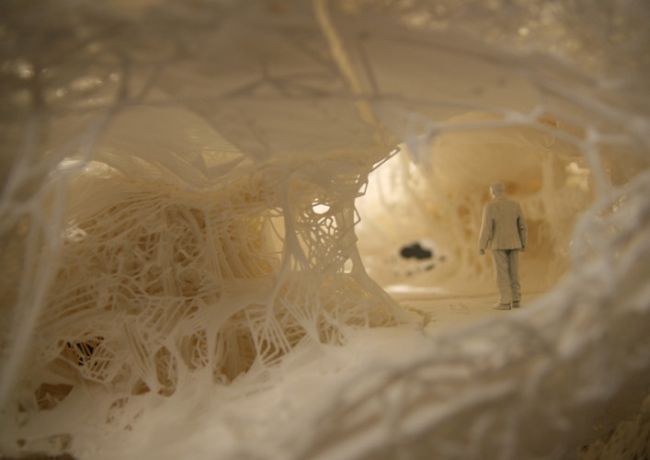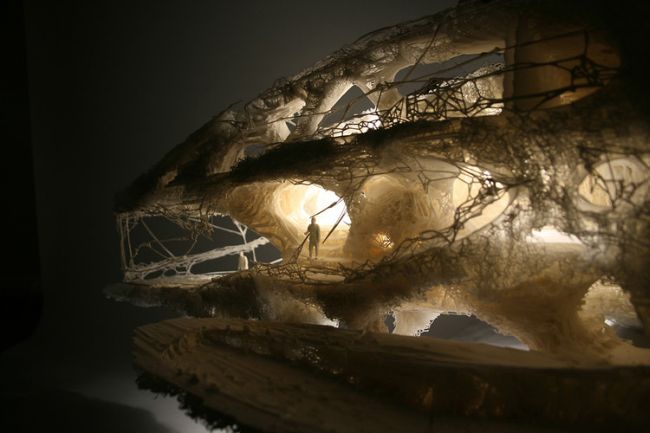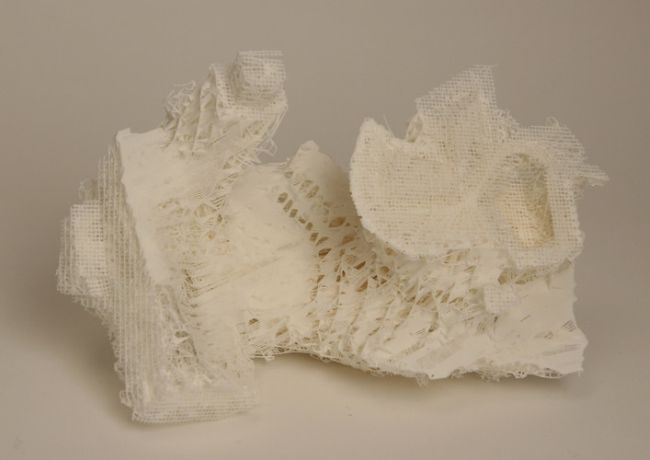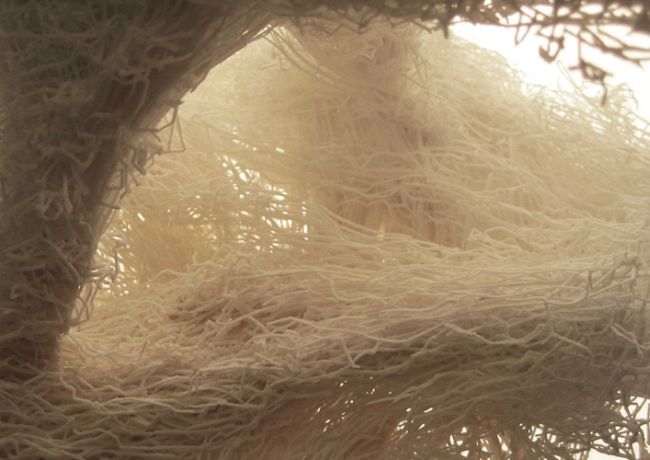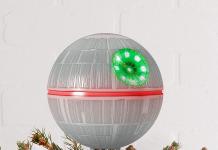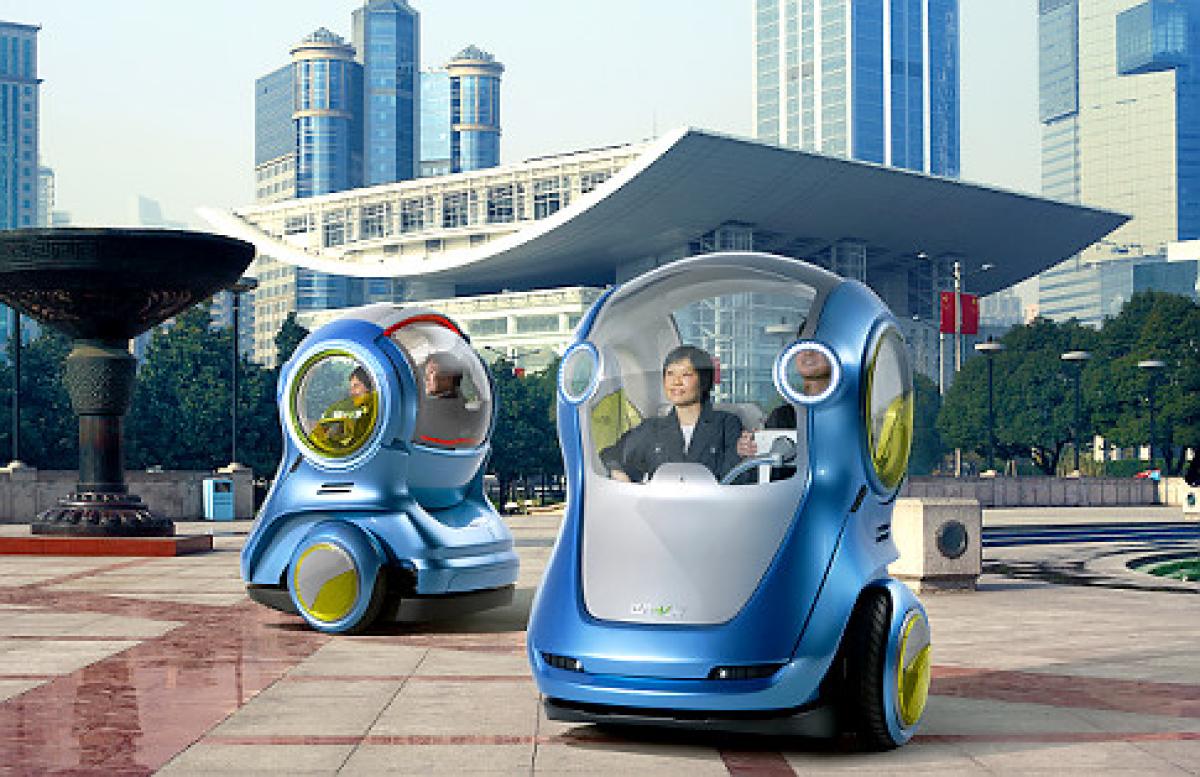What can be common between human bones, houses and 3D technology? Softkill is a London design studio that has combined all the three to create something unique in the field of 3D design and architectural planning.
Softkill announced its design at 3D Printshow, a unique event that showcased the best of 3 Dimensional design. The team of Architectural Association grads announced that they have readied a project entitled ProtoHome which is a new construction model that involves 3-D printing technology. Usually, 3-D printed home schemes are very traditional or just utilitarian, which makes such schemes seem very boring and mundane.
On the contrary, ProtoHome combines the unique with bizarre and adds a touch of high technology in order to help us imagine future homes that are not only liveable sustainable and comfortable but also highly developed technologically. The design mimics the way bones grow in human bodies. Extra material is directed to places where the greatest stress is forced and lacks an eternal façade This might make you wonder what happens when it rains or snows.
The design employs cladding, waterproofing, and insulation within the structure in an exact reversal to usual homes. Habitable space is located inside a cocoon that is surrounded by non-traditional human bone-like enclosures. The design reveals the future of 3D printing and architecture, and helps us imagine what our future dwelling places would be like if we allowed 3D artists to imagine our future dwelling spaces.
It can be a very compelling situation as architectural master plans can be drawn with the help of 3D technology, which would also allow architects to skirt around design laws that are strict and 2 dimensional, pun intended. You could also take a look at the impressive Pirate Themed Home Theater that we had featured sometime ago. The Futuristic SeaOrbiter is a unique dwelling space that seems to be influenced by science fiction.

